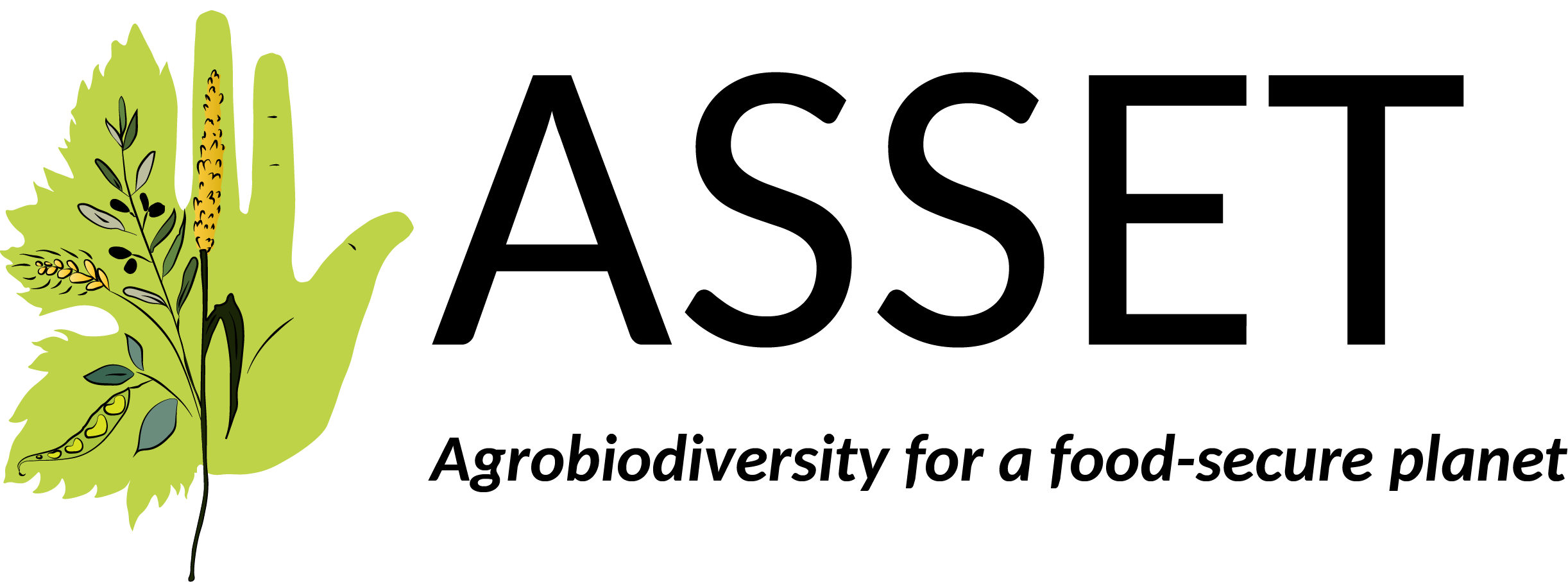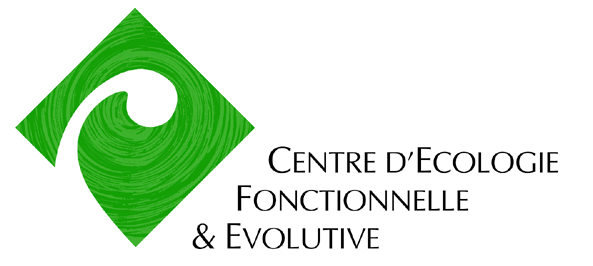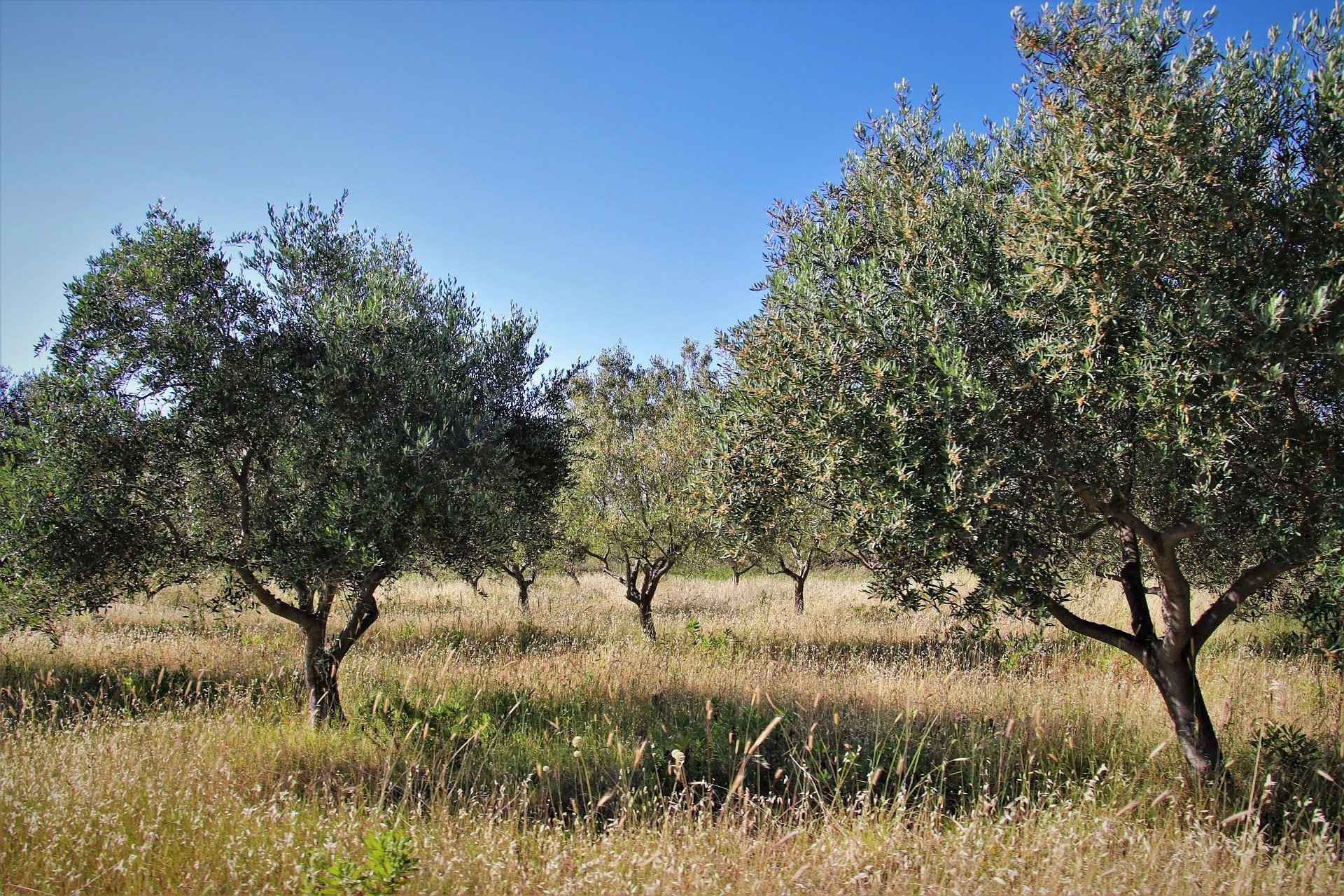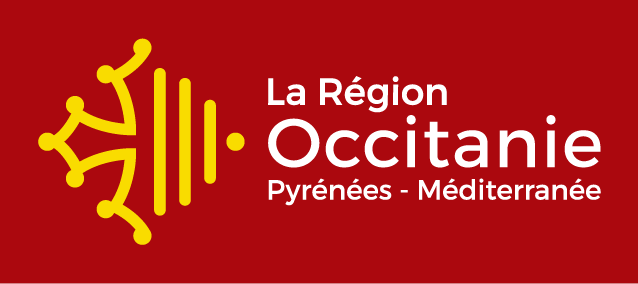
ASSET (2018-2022) is a French Government funded project (2018-2022). Its main objective is to evaluate the role of crop diversity to reduce the vulnerability of food production and livelihoods to climatic instability and shocks.
Severe drought and extreme heat in recent years have caused yield losses across the world that, combined with socioeconomic, demographic, and policy conditions, have increased poverty and worsened access to nutritious food for many people, especially in developing nations. Climate projections show that these impacts and their human costs will worsen, making many of today's problems, including poverty, malnutrition and population movements, even more complex.
The breadth and urgency of the challenge posed to global food security by an increasingly warmer and unpredictable climate requires exploring any policies and actions that could promote more robust food systems. ASSET currently contributes to this effort.
Combining ecology, agronomy and ethnoecology, our team will provide new insights into where (field, landscape, regions) and what components (variety, species, functions) of crop diversity (i.e. agrobiodiversity) are critical for the resilience of food production under climate change (CC). We are also strongly engaging with farmers in France, Morocco and Senegal to understand how they currently use agrobiodiversity to face increasing risks linked to climate variability and extremes. The ASSET project will yield novel insights for the design and implementation of adaptation strategies that are based on a deep understanding of the agroecological systems investigated, but which remain rooted in the practicalities of on-the-ground food production.
As part of the ASSET project, a PhD focuses on the contributions of grapevine diversity and local knowledge to climate change adaptation in French vineyards and winegrowers, and in particular in Gaillac PDO (Tarn, 81). This PhD aims to better understand (1) how winegrowers perceive CC and modify their practices in response to climatic variations; (2) the processes of creation and transmission of viticultural knowledge; (3) how grapevine diversity is characterised (spatio-temporal dynamics, reasons for cultivating grapevine diversity and associated values); and (4) to what extent grapevine diversity can support stable production over time and constitute a potential for adaptation to CC. We use an interdisciplinary approach at the interface between ecology, agronomy and ethnoecology (i.e. participant observation, semi-structured interviews, climate and agronomic modelling, statistical and social network analysis, on-farm and daily weather data collection) in order to take into account all the socio-ecological dynamics of viticulture.
Relations
- Network
- List
- Geolocation
- More
Crop diversification
When vine growing becomes too complex and / or too little productivel other activities can be considered.
- More
French National Research Institute for Agriculture and Environment- INRAE
First ranking research institute in agriculture in Europe, second worldwide agricultural science provider, the INRA conducts researches concerning major society stakes.
- More
Région Occitanie
Région Occitanie



